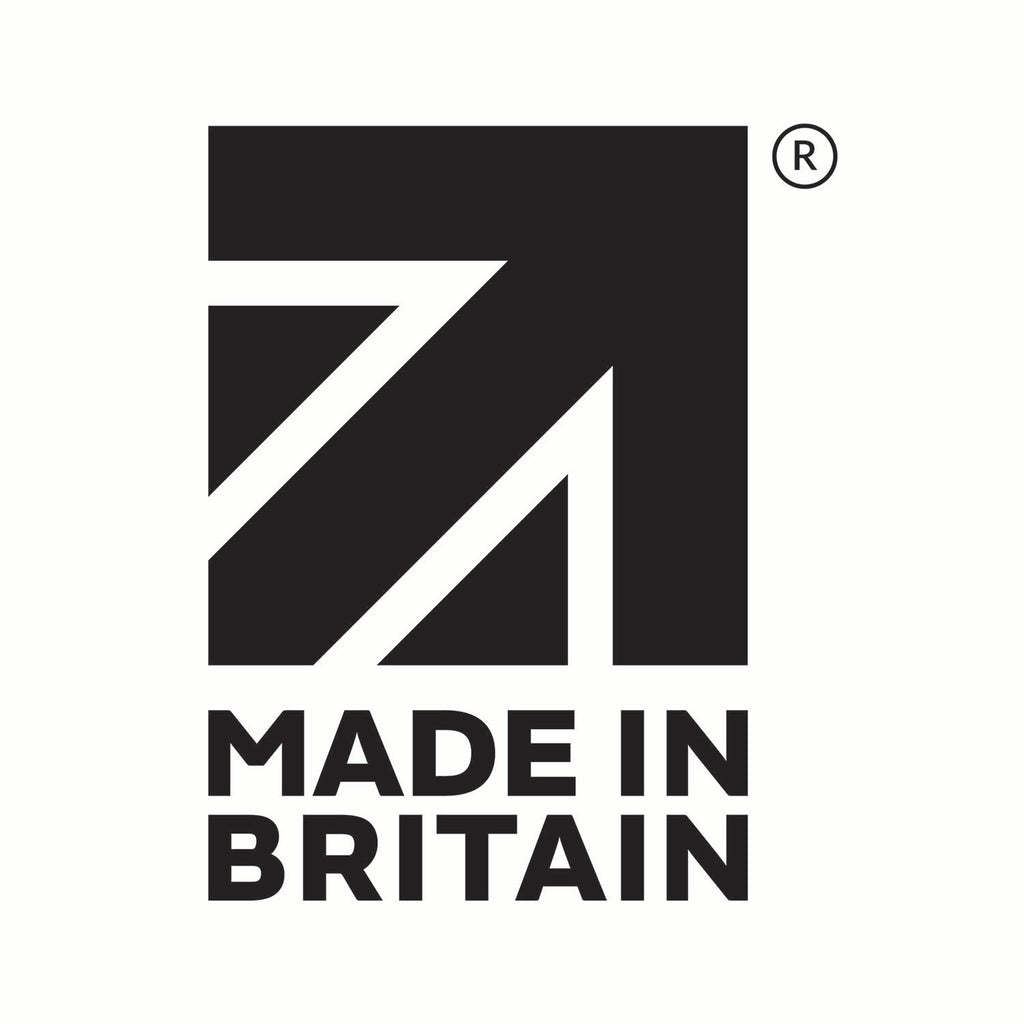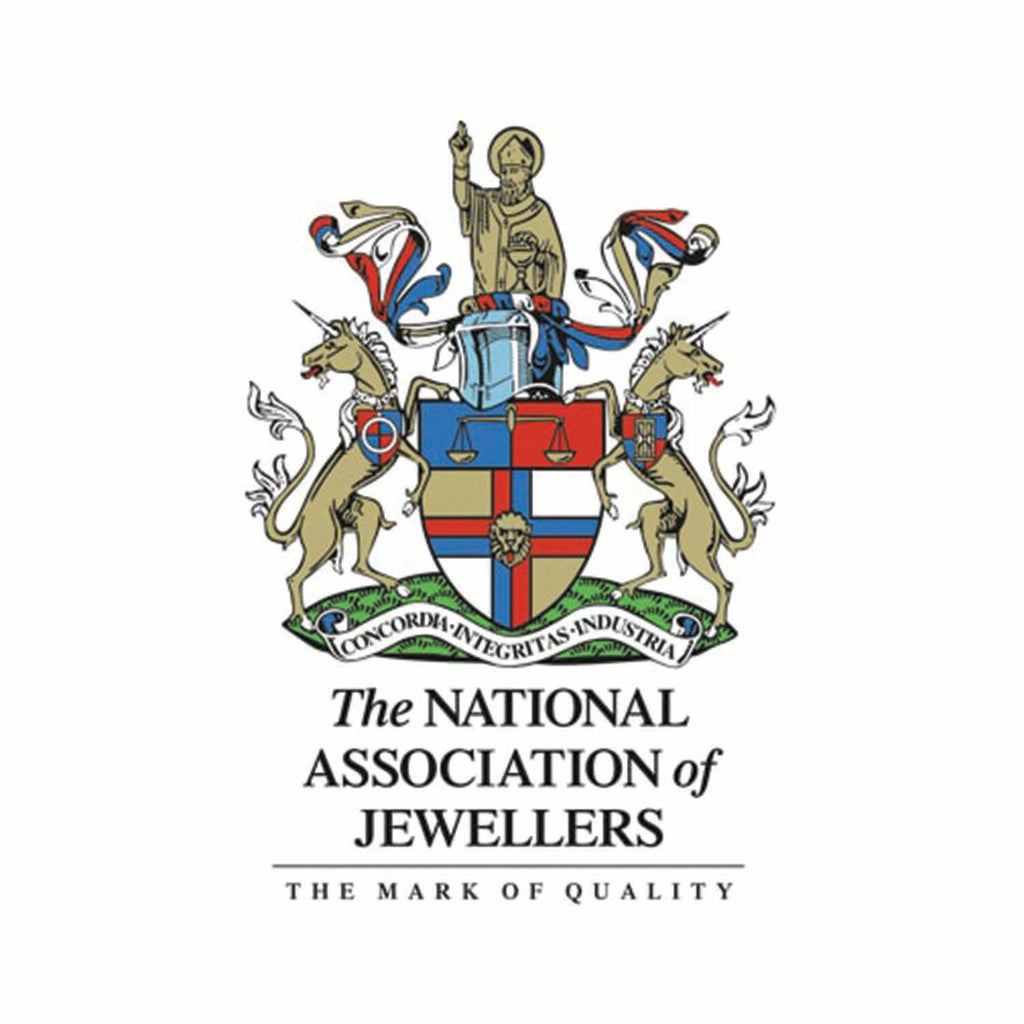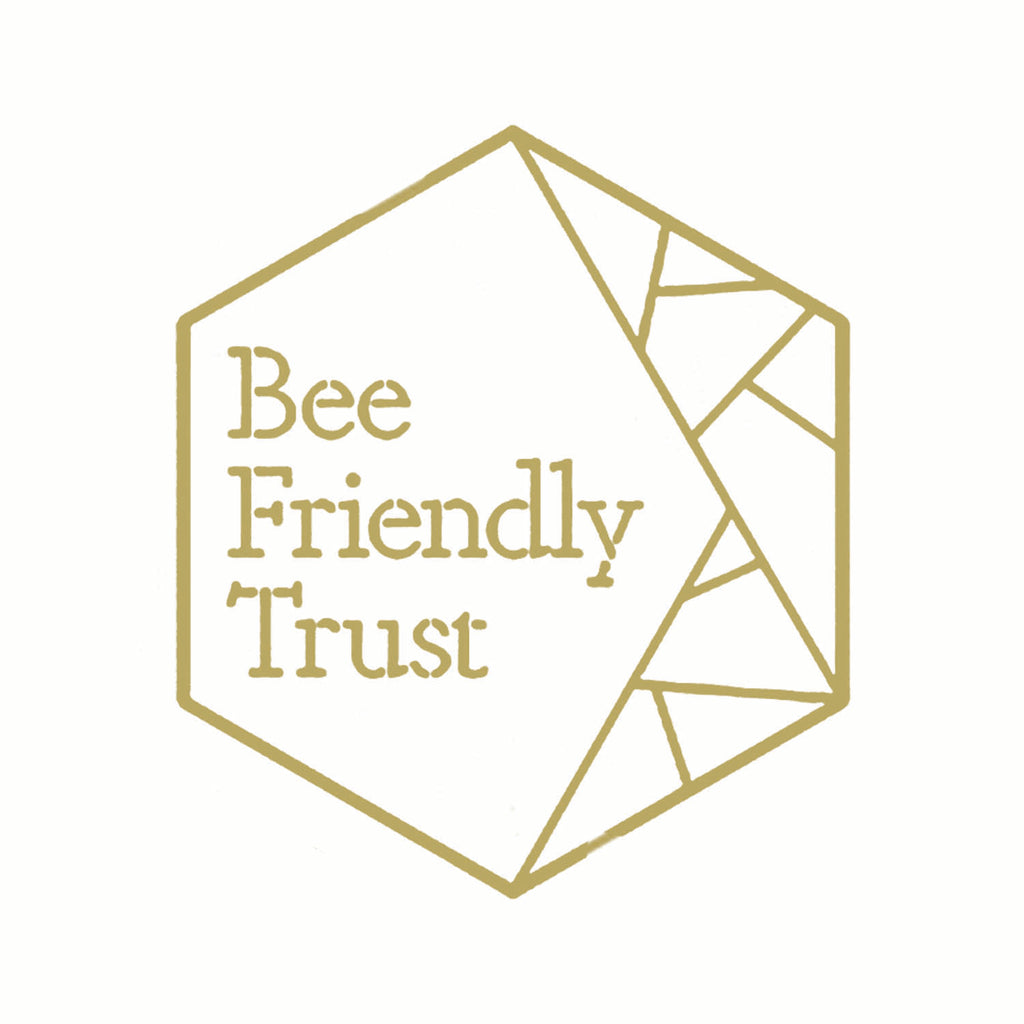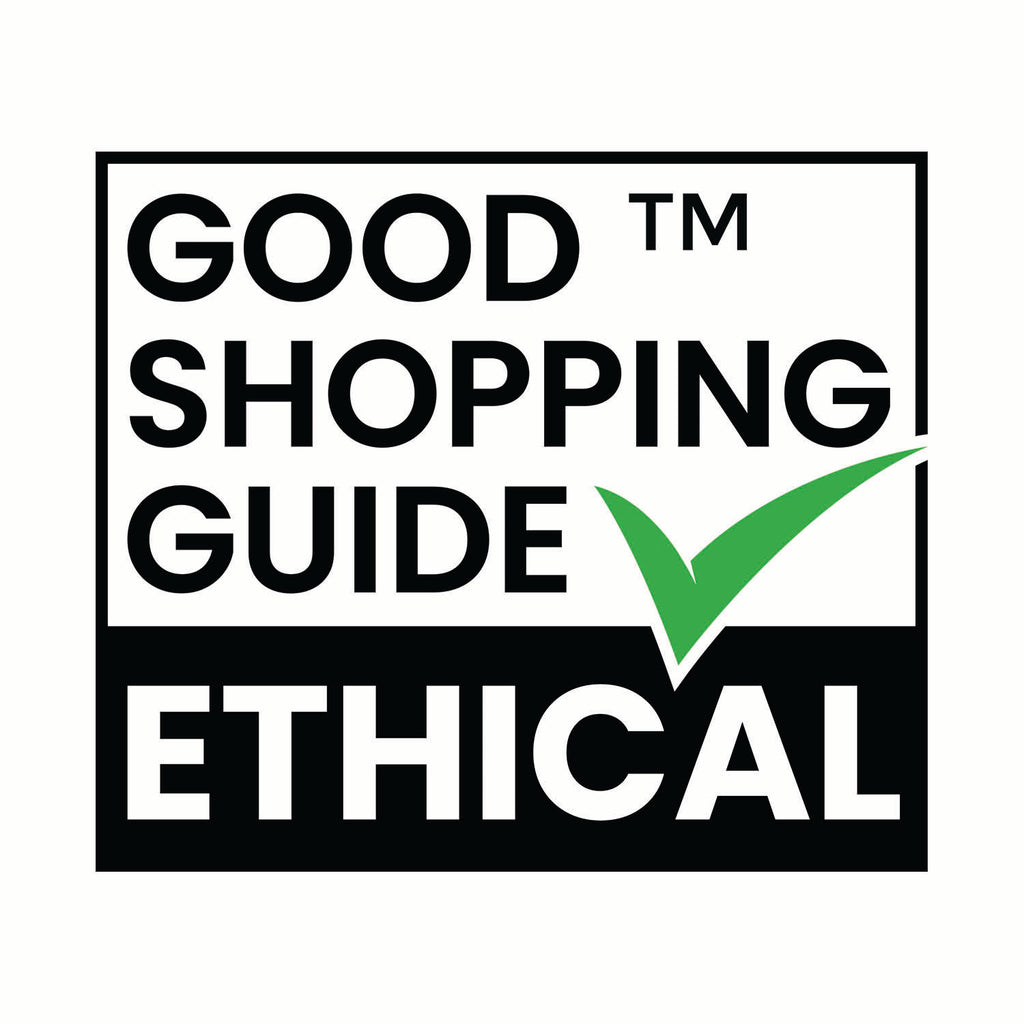Lab diamonds have been around since the middle of the 20th century, with the first ones created in the 1950s. Since then, the methods of making a grown diamond in a laboratory have been honed and refined to produce the gem-quality stones we see today.
In recent years, lab grown diamonds have seen an even greater increase in popularity, as people become more aware of the ethical implications of some traditionally sourced diamonds. At the start of 2023, 17.3% of diamond engagement ring sales were set with lab grown diamonds.
What are lab grown diamonds?
Lab grown diamonds can sometimes also be referred to as man made, cultivated or cultured diamonds.
These are diamonds that have been created in a controlled technological environment (a laboratory). They are made from the same material as natural diamonds, and they share the same physical and chemical properties.
They are not the same as diamond simulants such as cubic zirconia.
Is a lab grown diamond a real diamond?
In short, yes! Lab grown diamonds are very much real diamonds; they are not fake diamonds, artificial diamonds or synthetic diamonds. As we mentioned, lab diamonds are made from the exact same materials (crystallised pure carbon) as mined diamonds. It is very difficult to tell the difference between natural and lab diamonds, and impossible without specialist equipment and a scientifically trained eye.
How are lab grown diamonds made?
Put simply, natural diamonds are created beneath the Earth's surface, where extreme pressure and very high temperatures cause pure carbon to be formed into diamonds.
In a laboratory setting, to create a lab diamond, tiny pieces of carbon are taken from existing diamonds and one of two scientific processes applied to recreate the natural diamond-forming process.
The first process is called high pressure high temperature (HPHT), and as the name suggests, it involves applying extreme temperatures and pressure to the carbon material, therefore mimicking the way diamonds are formed in nature.
The second process is known as chemical vapour deposition, or CVD. This involves a seed diamond placed in a vacuum chamber which contains heated hydrogen and gasses containing carbon. This then causes layers of carbon to crystallise around the seed diamond, allowing it to grow into a larger diamond.
How long does it take to make a lab grown diamond?
Natural diamonds take billions of years to form under the Earth's surface.
In stark contrast, it takes around six to ten weeks to grow a lab diamond under HPHT conditions. CVD diamonds take around a month to grow into a one carat diamond. The short length of time needed to create them is just one of the benefits of lab diamonds.

Are lab grown diamonds more ethical than mined diamonds?
The history of natural diamonds is literally a minefield. There are implications for human rights as well as our planet, with the mines required to extract diamonds from the earth causing huge damage to the environment.
Working conditions in these mines can also be extremely questionable.
That's not to mention blood diamonds, which are mined in war zones, and see profits used to fund violent activities. They cause unspeakable damage to the communities caught in the crossfire.
Lab grown diamonds have a far smaller carbon footprint, and do not call for any of the extreme working conditions that mined diamonds can, making them a much more sustainable option and one that you can consider with a clearer conscience.
If you're exploring engagement ring options, a lab grown diamond ring is a far more ethical choice than an engagement ring that uses a mined diamond.
The cost of lab grown diamonds
Not only is the cost to the environment and the people involved in the supply chain far lower in the case of lab grown diamonds, they are also better for your budget.
The perceived rarity of mined diamonds, along with the fact that they take billions of years to form, is used to justify the high price tag we associate with most diamond jewellery and engagement rings.
In contrast, lab grown diamonds don't need to factor any of these elements into the price, plus the human effort needed to obtain them is far lower, meaning lab diamonds cost as much as 50% less than mined diamonds.
This, along with the differences between lab grown and natural diamonds being so minimal, means that lab diamonds make a fantastic choice when it comes to buying an ethical and affordable diamond ring.

How long do lab grown diamonds last?
Since the chemical and physical properties of a lab diamond are identical to those of a natural diamond, they have the same strength and therefore will last just as long.
Just like their mined counterparts, lab diamonds are forever. They will stay with you for a lifetime and can be passed down through the generations for many more decades to come.
Longevity and wear
Lab grown diamonds won't wear any quicker than natural diamonds. It's a well-known fact that diamonds are the hardest substance found in nature, and lab grown diamonds are no different. They will only chip under extreme force, and they will not lose their shine and sparkle, nor their clarity.
A lab grown diamond will not turn cloudy or change colour over time; the reason that some diamonds are cloudy or discoloured is due to the presence of certain impurities during their creation. This is possible with both lab grown and natural diamonds. In fact, the diamonds that are considered imperfect, or not high quality enough for use in jewellery, are the ones that you'll find in manufacturing applications, such as for cutting tools like diamond-edged blades. These can be made from either an imperfect natural diamond or a created diamond.
What to look out for when buying a lab grown diamond
If you've decided to treat yourself or someone special to a piece of jewellery featuring lab grown diamonds, there are a few things you should look out for.
Just as with natural diamonds, the quality of a lab diamond is rated by what are known as the 4 C's:
-
Cut
-
Colour
-
Clarity
-
Carat
The way a diamond is cut is what lends it its own particular shape and sparkle. Some diamond cuts you may have heard of are princess cut, cushion cut, emerald and brilliant cut.
The colour usually refers to a naturally occurring tint in a white diamond, however, lab grown diamonds can offer some beautiful colours that, whilst they do exist in natural diamonds, are much harder to come by. A coloured lab diamond can be a wonderful choice for your engagement ring stones, for far less than it would cost for a coloured mined diamond.
Clarity refers to the purity and rarity of the stone. The fewer imperfections a diamond has, the higher the clarity.
Carat refers to the weight of the individual diamonds. A higher carat weight does not always equal a larger stone, as the way the diamond is cut can affect the weight without affecting the size.
As well as considering the 4 C's, when it comes to your investing in your diamond rings, you should also keep your budget front of mind. Don't be tempted by the dazzling diamonds on display if your wallet won't thank you later.
Finally, make sure you always shop for your lab diamonds from a trustworthy seller. A key way to tell if what you're buying is not really a lab grown diamond is if the price seems unrealistically low. You could be looking at a stone like cubic zirconia that's been labelled as a lab grown diamond, meaning that sadly, as with most things, if it seems too good to be true, it probably is.

Should lab grown diamonds be certified?
Lab grown diamonds should always come with a certified grading report or diamond certificate. These are issued by an authorised gemological laboratory and they confirm the quality of the diamond.
Some of the most trusted certifying bodies are the Gemological Institute of America (GIA) and the International Gemological Institute (IGI).
The reason why lab grown diamonds need to be certified is so that you can be assured that what you're buying truly are real diamonds. As we mentioned, less reputable sellers will sometimes label a diamond simulant such as cubic zirconia as a lab diamond.
When shopping for your lab grown diamonds, always make sure that the seller is trustworthy, they are offering quality diamonds and their gemstones are certified.
Wild Fawn uses lab grown diamonds in our ethical engagement rings and jewellery pieces. When you shop with us, you can be safe in the knowledge that you know the origin of your stone, and that that our gemstones are always ethically sourced and free from conflict.
Shop our range of ethical engagement rings today.







